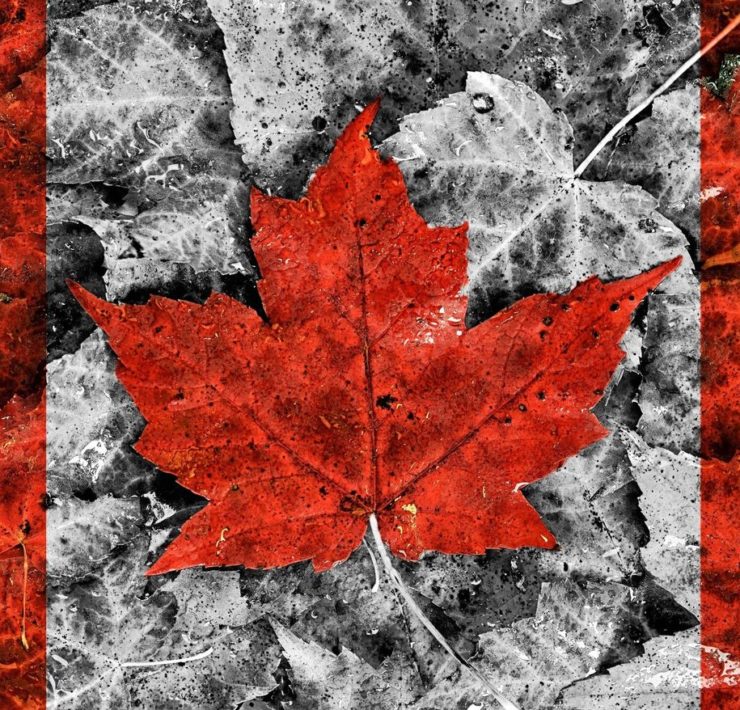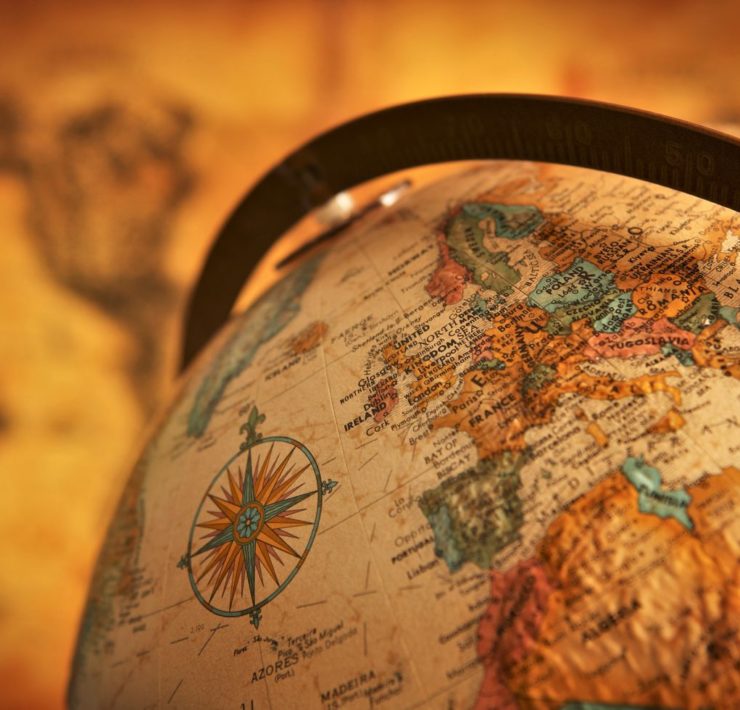If you think of Singapore as the city of fines and the land where chewing gum is banned, please try to forget about these things. Singaporeans are tired of being asked about the fines and chewing gum (it only applies to its import and sale in the country), so better learn something else about Singapore. Read carefully, stop making the same old jokes, and don’t even try to diss their food. You dun tok kok lah! Here are the 10 things you should know about Singapore:
1. Different People, Different Cultures
Singapore doesn’t have one specific culture or a single ethnic group that you can point at and easily say “Aha! He’s Singaporean.” The state is composed of different ethic groups like Chinese, Malay, and Indian, which makes the country rich in cultural diversity. It’s easy to notice this diversity from the different languages you’ll hear, which are usually the four official languages: English, Mandarin, Malay, and Tamil. Singapore is also home to ten major religions, including Buddhism, Taoism, Islam, Hinduism, and Christianity.
2. “Kiasu”
Kiasu originated from a Hokkien dialect and literally translates as “afraid of losing out”, “afraid of not getting the best”, or “always wanting the upper hand or something for free”. This fear unfortunately leads to rude behavior like greed and egoism. It’s been even labeled by their local media as a national character trait and it can be easily seen in daily events. For example, you’ll know if a car driver is kiasu when he waits for the perfect parking spot near the entrance or elevator even if there are spaces left on the other side/floor. You can also call those people who queue up or go camping overnight for a grand sale or a new release of a popular brand as kiasu people. Kiasu parents won’t think twice about enrolling their children in extra classes to raise their school grades, or in better schools to be better than anyone else.
3. Hawker Centers
No one leaves Singapore without a taste of the food offered in their hawker centers. Hawker centers are all over the country – there are more than 100 hawker centers with some housing almost 200 stalls. So if you’re a hungry traveler who wants to try out every food specialty in your destination, you’ll need more than just 3 days to cover all the hawker centers’ offerings. These outdoor food courts (not restaurants) are proof that Singaporean cuisine is diverse and evolved from the different cultures of Malay, Chinese, Indian, Arab, British, plus its other settlers. Here you can have a bite of their affordable but truly delicious dishes like luak (oyster cake), chai tow kway (radish cake), barbecued sting ray, and more. Don’t miss their kopi (coffee).
4. Queuing
In Singapore, if there’s a queue then there must be something good offered in that store. It may be a sale, freebie, a “buy 1 take 1”, or something really expensive but limited. If you remember what kiasu means, you’ll have a slight understanding why people in Singapore like to queue – so they’ll be the first to have their hands on something popular, something really good. Singaporeans have queued for $1 Chicken Tendergrill Burgers, Hello Kitty Happy Meals, and Krispy Kreme Doughnuts, so don’t be surprised when you randomly see a queue somewhere. Queues are also good indicators in hawker centers to know which stall has good food.
5. Singlish
Singlish is the English-based creole spoken and written colloquially in Singapore. It has a unique slang and syntax which are more pronounced in informal speech. Besides English, Singlish uses many words borrowed from a Chinese dialect called Hokkien (and also Malay). Some English words take over some of their Chinese translations which change its meaning. For example, both words borrow and lend are equal to “jie” in Mandarin so sentences like “Can I lend your book” is understandable although technically incorrect when it comes to the standard English. In other words, there’s a whole dictionaryneeded to understand Singlish. Better try to learn a few words so you’ll know how to react when someone says, “That ang moh is shuai but he wear his shirt tombalek leh!”
6. Acronyms
Singapore has been called the “Land of Acronyms” and it’s obvious why. Highways, buildings, government agencies, financial institutions, political parties, real estate, transportation modes, swear words, and even people (LKY – Lee Kuan Yew) have acronyms. Some of the acronyms that you’ll usually see are: MRT – mass rapid transit, CTE – Central Expressway, MOE – Ministry of Education, SBS – Singapore Bus Service, and GST – Goods and Services Tax.
7. Chope-ing with Tissue Papers
Tissue papers are important in Singapore not only during eating but also during the time of looking for seats or tables. In hawker centers, there are times when the place is so full that it’s hard to buy food first and only then start looking for a table. So it’s better to secure a seat first before queuing at the stall you want to try out. How do you do it? Have a pack of tissue papers and put it on your desired seat or table, then off you go to buy food. It’s convenient to do especially if you’re scared of losing a seat (kiasu mentality maybe?) but for some of the locals, chope-ing is rude and shouldn’t be considered as a Singaporean habit.
8. A Hurried Nation
It’s funny to think that Singaporeans can queue for an hour but still are thought to be impatient. You may notice it at their MRT stations where almost everyone dashes in and out of the transit or stores. This shows too on the roads where cars accelerate forward before someone overtakes the spot they’re aiming for. People walk fast, talk fast, eat fast, and work fast. But isn’t this just like any other major city?
9. Avid Shoppers
Being kiasu, Singaporeans will queue for everything good. Along with these long lines is a fact that Singaporeans are avid consumers. It’s almost like a national hobby which is shown by the number of malls that they have, from the mall with bargain prices to the luxurious ones. Besides its connection to their kiasu culture, this behavior also goes down to their desire for the so called 5 Cs: Cash, Car, Credit Card, Condominium, Country Clubs. Singaporeans’ love for shopping even took them to the first place of Southeast Asia’s online shoppers.
10. Complaining
Do Singaporeans love to complain? Everyone complains but the locals seem to admit that a day isn’t missed in Singapore without complaining. It was said that due to censorship policies, Singaporeans will just let it all out to anyone who’ll listen, from friends and families to online. There’s even a website dedicated to the daily (and odd) complaints of Singaporeans. Some Singaporeans abroad have been found to make unusual requests to Singapore’s foreign minister, such as receiving a smaller piece of KFC chicken than they thought they ought to.
When On Earth Magazine is for people who love travel. We provide informative travel guides, tips, ideas and advice regarding places to see, things to do, what to taste, and much more for world travelers seeking their next dream vacation destination.






